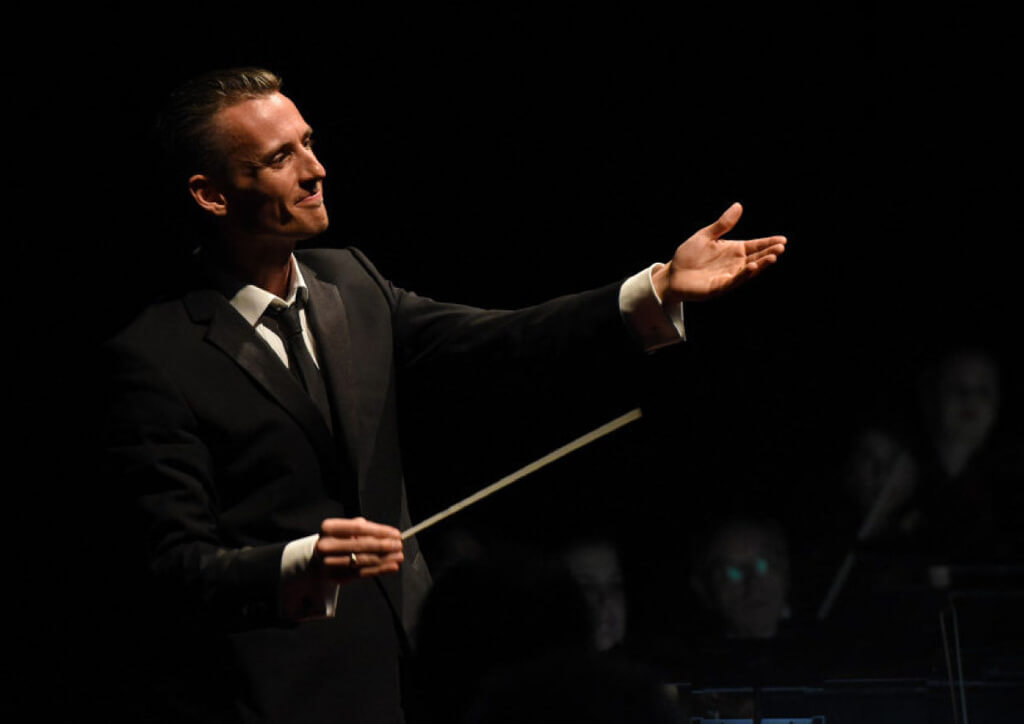
National Arts Centre Orchestra. Alexander Shelley (Artistic Director). At Roy Thomson Hall. Saturday, Feb. 25.
For the second year in a row, Alexander Shelley and the National Arts Centre Orchestra have clearly established their artistic bona fides in Roy Thomson Hall while leaving some room for debate regarding the choice of program. Not that the substantial crowd — including plenty of people in the normally empty choir loft — showed many signs of dissent.
My guess is that the healthy box office on Saturday was due chiefly to the presence of the venerable Spanish-born guitarist Pepe Romero as soloist in the Concierto de Aranjuez of Joaquín Rodrigo.
This is the only guitar concerto solidly in the orchestral repertoire. On Saturday we were reminded why. Ornaments in the celebrated slow movement seemed to emanate from the soloist’s heart rather than his fingers. Gentle tempos in the outer movements were attuned to another, unhurried world.
We were treated to some extended techniques, including taps on the body of the guitar and strumming high up the neck. Everything sounded natural. The encore was a composition by the late Celedonio Romero. What an honour to hear Pepe play music by his father, the paterfamilias of the clan.
Shelley and the players kept their cool, as an orchestra must when accompanying this delicate instrument. Yet there were many distinctive individual solos, notably from the English horn, who had a big night overall.
Sandwiching the Rodrigo were two works by William Walton, a known commodity to classical nerds, but apparently obscure enough to require extensive exegesis from the podium by Shelley (who, as an Englishman, is well acquainted with this composer). Possibly the background about a love affair gone wrong was helpful in the case of the Symphony No. 1, if only to give listeners a sense of what all the commotion is about.
Warmly embraced in the motherland, this 43-minute score seems both overwrought and undernourished. Walton found a compelling principal theme for the first movement, but no distinctive second subject to give it relief. The scherzo sounds like a continuation of the fuss and bother.
After a dense Andante (“con malincolia”), the finale opens the soundscape to include cinematic impulses. Even here a fugue seemed to get in the way and the introduction of double timpani at the end suggested an effortful rather than organic attempt at peroration.
Shelley conducted this big score of 1935 from memory, a labour of love to be sure, and the players gave it their all. But a better showcase for the merits of the NACO was Walton’s well-known suite of music from the Laurence Olivier film of Henry V. Strings were superbly poised in the passacaglia recounting the death of Falstaff and Shelley paced the acceleration of the Charge and Battle to perfection. Add mobile brass and delightfully piquant woodwinds, and you had a wonderful Walton experience.
Might this have been enough Walton for one evening? It seems to me that this orchestra based in the national capital should be reviving the substantial music of Canadian genesis. As it was, we had to settle for Zeiss After Dark, a brief “Sesquie” fanfare by Nicole Lizée co-commissioned by the Toronto Symphony Orchestra (which was also presenter of the concert). Mallet instruments conspired with pedantic rhythm to create a forgettable piece.
For more REVIEWS, click HERE.
#LUDWIGVAN
- SCRUTINY | Moussa Concerto Sounds Strong In Toronto Symphony Orchestra Premiere, Paired With Playful Don Quixote - April 4, 2024
- SCRUTINY | Esprit Orchestra At Koerner Hall: Ligeti 2, Richter No Score - April 1, 2024
- SCRUTINY | Sibelius & New Cello Concerto By Detlev Glanert Offers A Mixed Bag From The TSO - March 28, 2024